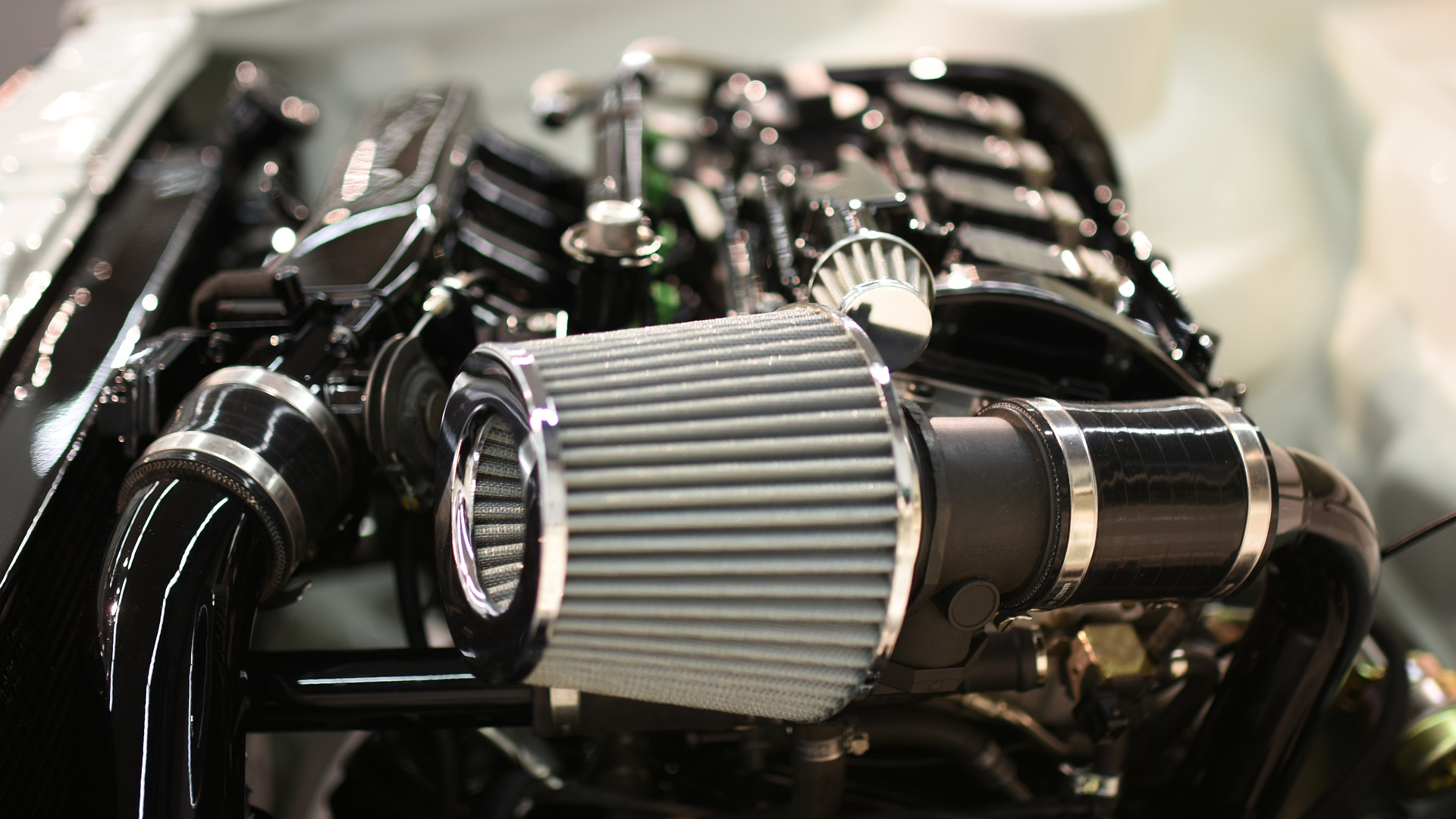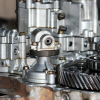Modern technologies are entering every area of life. The automotive industry is also making huge progress. It does not only concern the construction of bodies, drive units, but also the materials used, which have an impact on performance or fuel consumption. In automotive technology, metal elements are primarily used. Currently, the main focus is on durability and resistance to weather conditions. Therefore, steel and its alloys are most often used. Check what connections are used and where are they?
Metal elements made of steel
Steel is a popular material used to make car parts. This is due to the fact that it is credited with much greater durability compared to other products. It is mainly used in the construction of bodies and chassis. The main advantage is the high level of elasticity. Moreover, a metal with high resistance and durability can reduce the size of some parts. In addition, it will also increase the level of safety due to the absorption of much more energy during corrosion. Depending on the destination, different types of steel are used or combined with other compounds. For example, to guarantee corrosion resistance, metal is coated with zinc alloys.
Aluminium alloy auto parts to reduce vehicle weight
Metal elements used in cars are also made of aluminium alloy. The main advantage is low density. The result is that the vehicle’s weight is reduced by 60 per cent compared to steel. In practice, this metal is combined with additional metals such as manganese, magnesium, copper, silicon or nickel. The advantages of this solution include, above all, low specific weight, quite high strength, good thermal conductivity, low coefficient of friction, as well as high corrosion resistance. In motor vehicles, aluminium is used in the production of bodies, heads, oil pans, radiators, heat exchangers and others. The disadvantage of this material is its susceptibility to mechanical deformation.
Magnesium alloys used in the automotive industry
Metal elements in the production of car parts are also magnesium alloys. This solution is used for a similar reason as with aluminium. The advantage here is the even lower density. Therefore, you will gain even more weight reduction opportunities. Moreover, such products are also credited with low plasticity and good casting properties. Thanks to this, it is possible to produce articles with complex and complex shapes without the need to combine them. Therefore, this solution allows savings in terms of costs related to the combination of elements. This material can be found primarily in road wheel rims, crankcases, the plate supports, gearbox housings or oil pans. The disadvantages include the necessity to use inhibitors during the production of products due to their low corrosion resistance. Magnesium alloys are combined with such metal additives as aluminium, zinc, manganese, and silicon.

Automotive metal elements made of titanium alloy
Titanium alloys are very popular in the production of car parts. The density is higher than that of aluminium and magnesium, but half that of steel. Moreover, unlike their lighter competitors, they have good corrosion resistance. It is also interesting that they can operate at temperatures exceeding 500 degrees Celsius. However, the biggest disadvantage of this solution is the high cost. This medal is used primarily for the production of coil springs due to its high fatigue resistance.
Copper and bronze used in auto parts
Copper is distinguished by high conductivity and has good mechanical properties. Therefore, it is a good material for starters, ignition coils and electric fuel pumps. On the other hand, bronzes are used in the construction of slide bearings, guides and valve seats, worm and toothed gears. High strength, seizure and corrosion resistance, as well as good machinability, are required of such products.
Metal elements used in the construction of catalytic afterburners and lambda probes
In the construction of lambda probes and catalytic afterburners, solutions in the form of noble metals such as platinum, rhodium or palladium are used. The first is distinguished by good ductility, and the second is an extremely shiny metal. A feature of the third is malleability, i.e. susceptibility to shape change under the influence of forging.
Technological development leads to the creation of more and more new materials. Metal elements are very popular in the automotive industry due to their valuable properties. Composites such as copper and tungsten, as well as aluminium and boron, are also widely used. These are also plastics and glass materials. The latter is an important factor in the security chain. Several types of glass are used in the automotive industry. Laminated glass, from which windshields are made, is the most widely used. In contrast, hardened is used in the side and rear.
